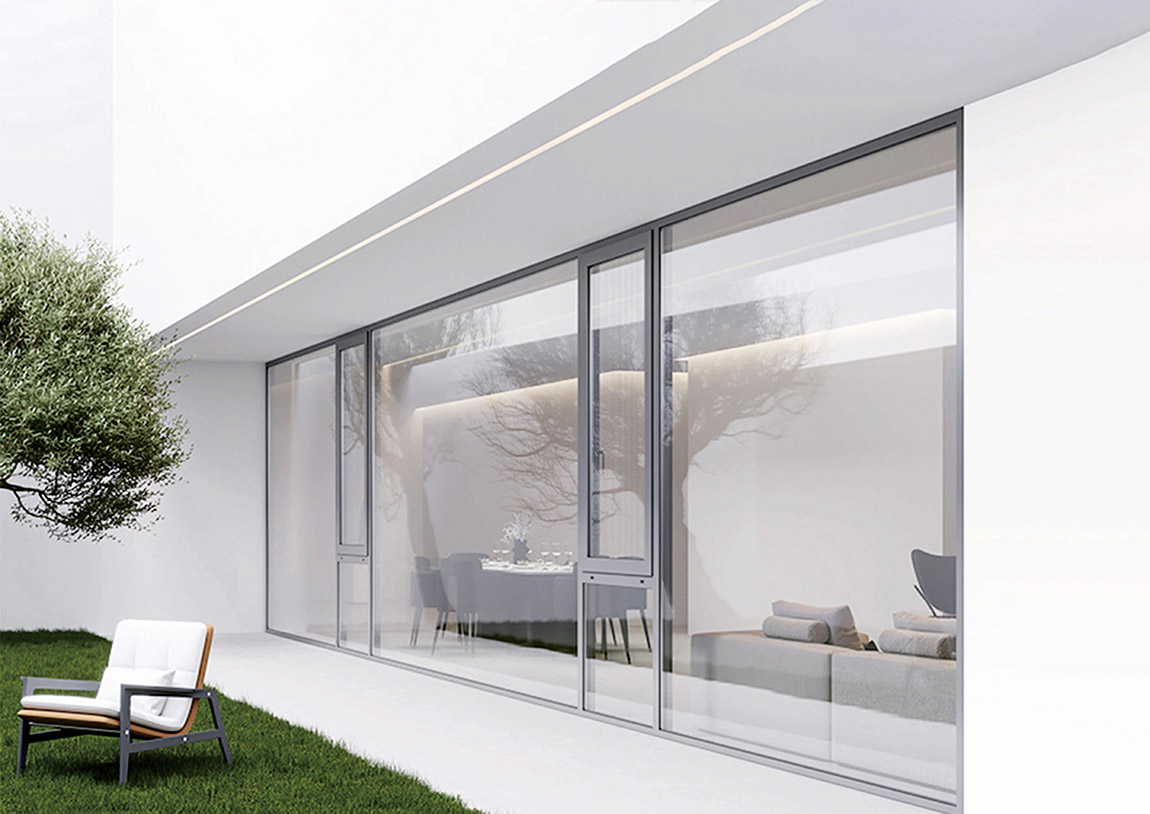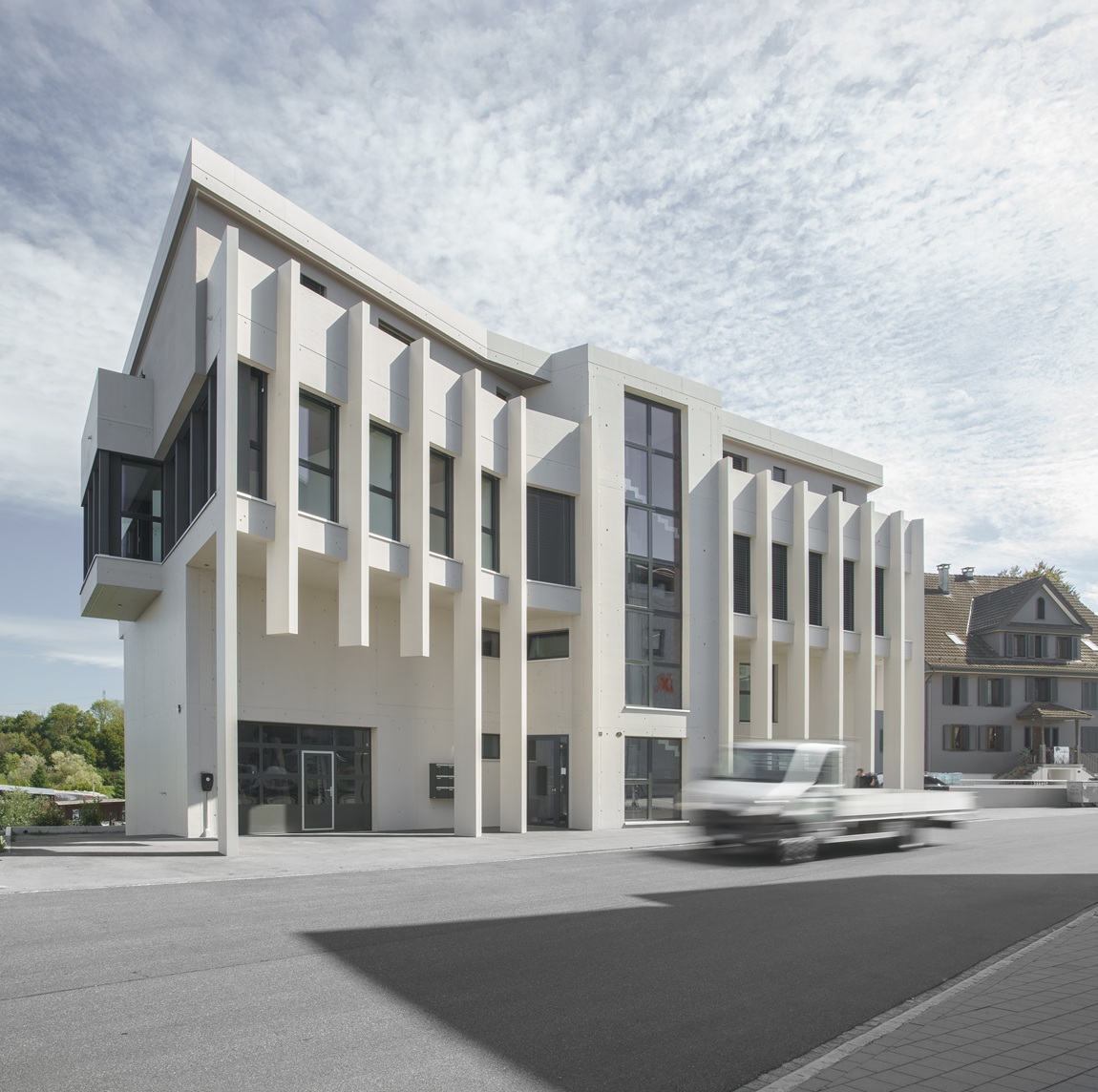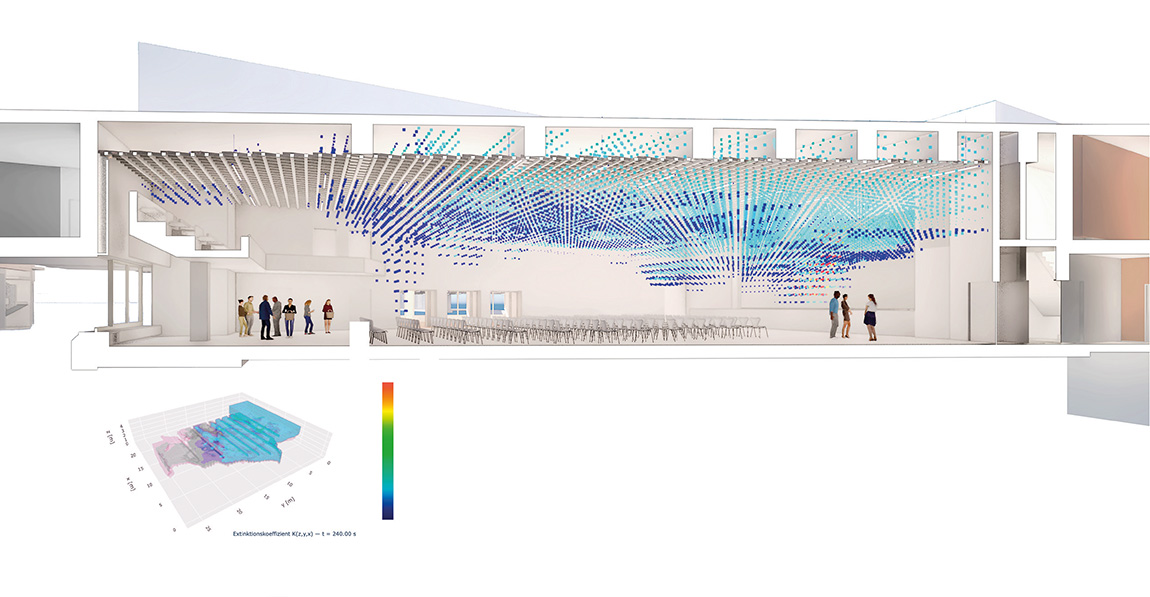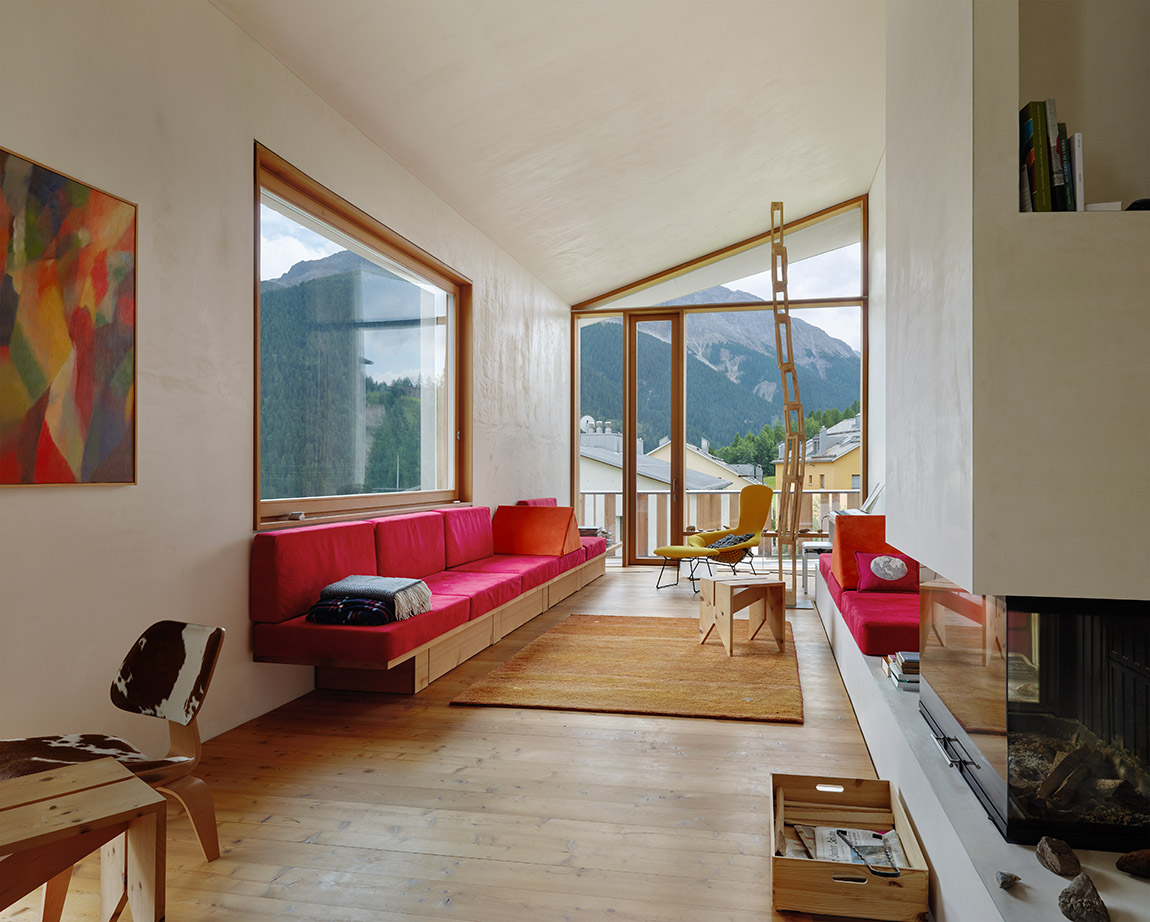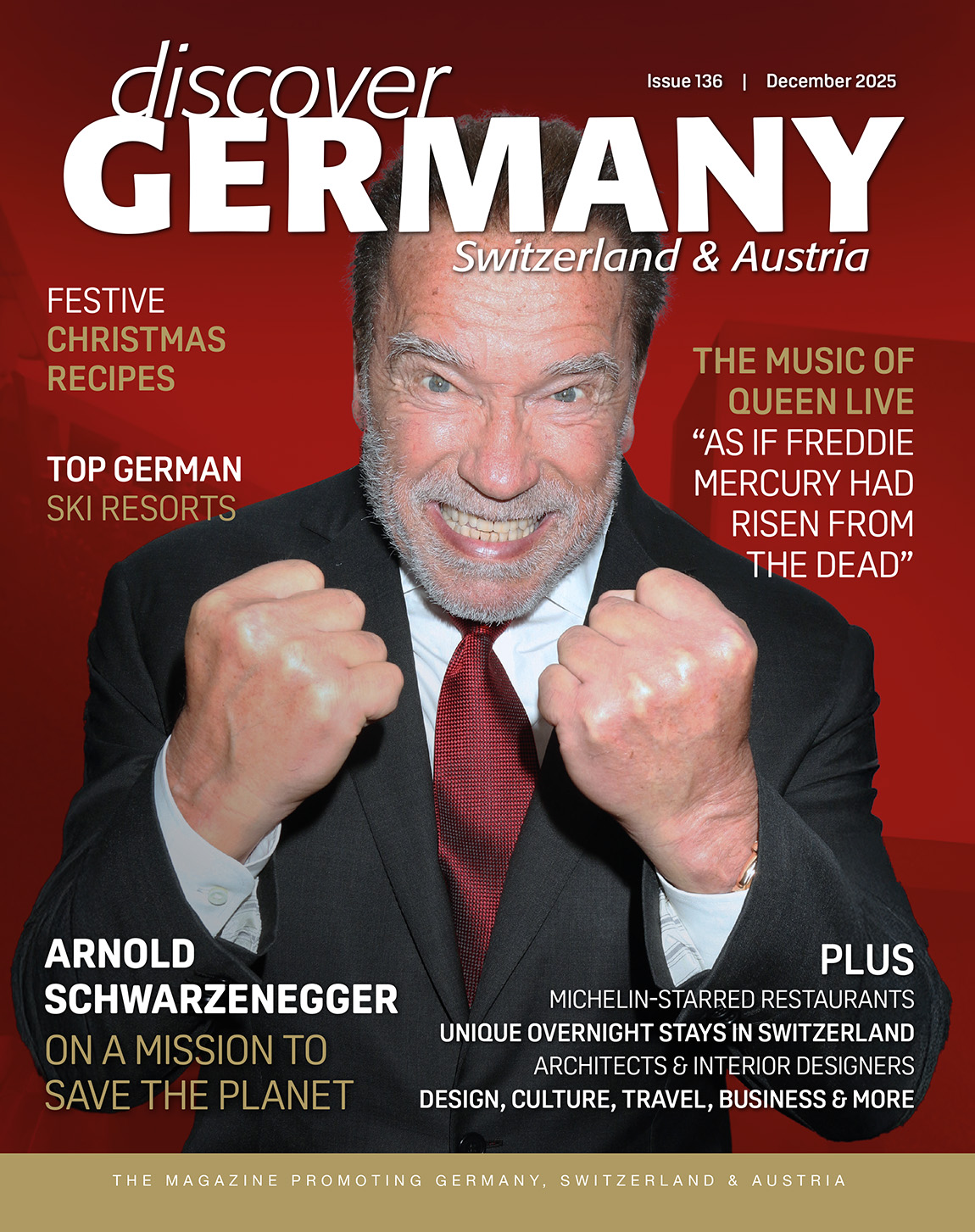Wannenmacher + Moeller: Putting the individual in context
Text: Cornelia Brelowski | Photos: Architekten Wannermacher + Möller GmbH
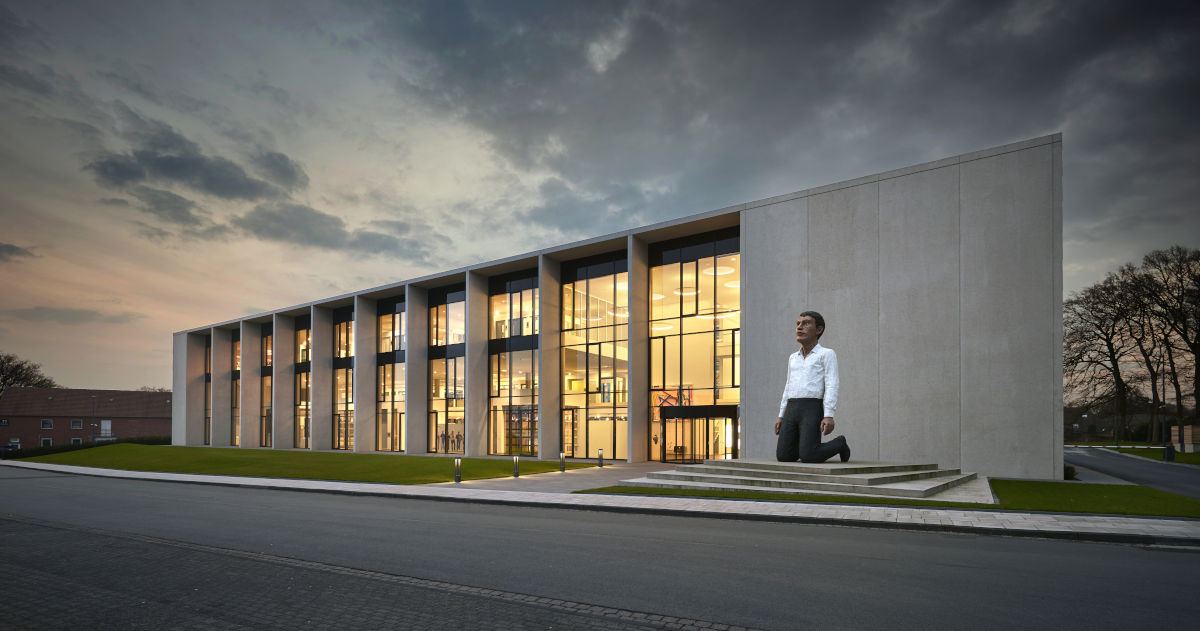
A s architects, Wannenmacher + Moeller design spaces for people in which human action finds a fitting stage and can thrive in the best possible way.
Outlining the core aspect of their work, Andreas Wannenmacher states: “We invest our entire energy in creating buildings that connect with people and make their life easier. Thus, living quality is central to our work.”
Different human actions require different spatial qualities and it is essential to a room if it will be used for sleeping or eating, as a working area or for leisure activities. Therefore, the design process at Wannenmacher + Moeller always starts with a reflection on how a room’s quality can meet the future activity it is destined for. Aspects like an introvert or extrovert quality, spatial complexity vs. homogeneity, light vs. shade, or even the haptic quality of a surface are all to be considered. Together, they help forming decisions on the position and proportions of a room, as well as the lighting and the choice of material. In the end, this process will generate the specific harmonious interplay that creates a room’s unique living quality.
Planning solutions
For Wannenmacher + Moeller, good architecture can only spring from bringing together every single person and expert who are part of the planning process, thus achieving a continuous consensus on the functional, economical and ecological as well as the humane and sociological goals of a project. It lies with the personal qualification and skills of the planner to defuse any conflicts arising during the process – and to find solutions that meet the claim for a harmonious and holistic architectural expression.
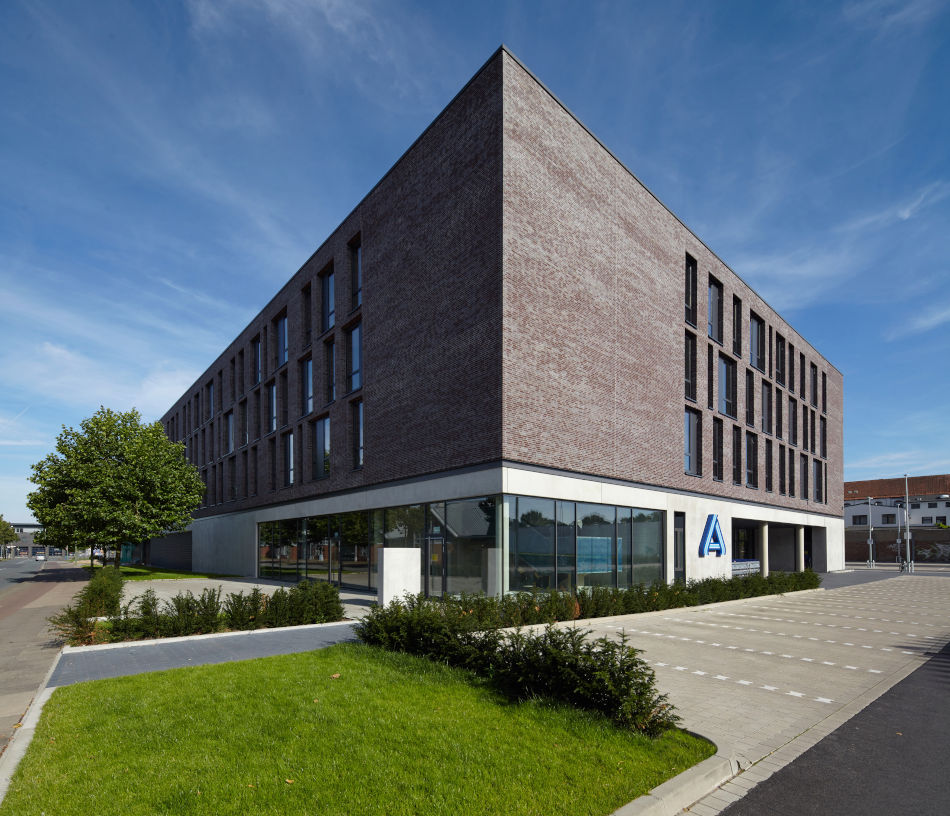
Citing a site’s history
Independent of the function, it is a declared goal for Wannenmacher + Möller to develop an architecture that bridges the gap between individual needs and sociological responsibility with a convincing design: “As architects, we always have to keep in mind that the buildings we design are part of a context, no matter if formed by nature or by humankind.” New additions bring changes to the surroundings that prevail, sometimes for a very long time. Therefore, the decision on what a building will represent to the outside is of high importance. When new meets old, the confrontation with a site’s history is of central importance for the architects. Wannenmacher adds: “Every space, if artificially formed or as part of urban history, has a story to tell which characterises it and has probably been imprinted on people’s minds for generations.”
Despite the fact that both our lives and society may be subject to constant change, which seems to gather speed continuously, Wannenmacher believes that there is a latent need of consistency and familiarity lying underneath: “A new building may be designed as contemporary as it gets but, in the end, adding to the continuity of a site’s history by relating to the context will always make it more acceptable.”
Office origins
The architectural office was founded by Andreas Wannenmacher’s father Gregor in Düsseldorf in 1955. After a move to Bielefeld only four years later, it quickly grew into one of the leading offices of the region in the field of industrial construction. Wannenmacher, his brother-in-law Hans-Heinrich Möller and his late brother Christof entered the office during the ‘80s and became partners in 1993. Today, it is co-led by Andreas Wannenmacher and Hans-Heinrich Möller, who have both made a point of adding non-industrial projects to the portfolio from the start – projects that relate to the more emotional and sociological aspects of architecture. “The path turned out to be somewhat long and thorny,” Andreas Wannenmacher recalls. “However, with a little luck and after a number of successful competitions, we have now reached the broad spectrum we had envisioned and are happy to be working on a vast range of interesting, exciting projects.”
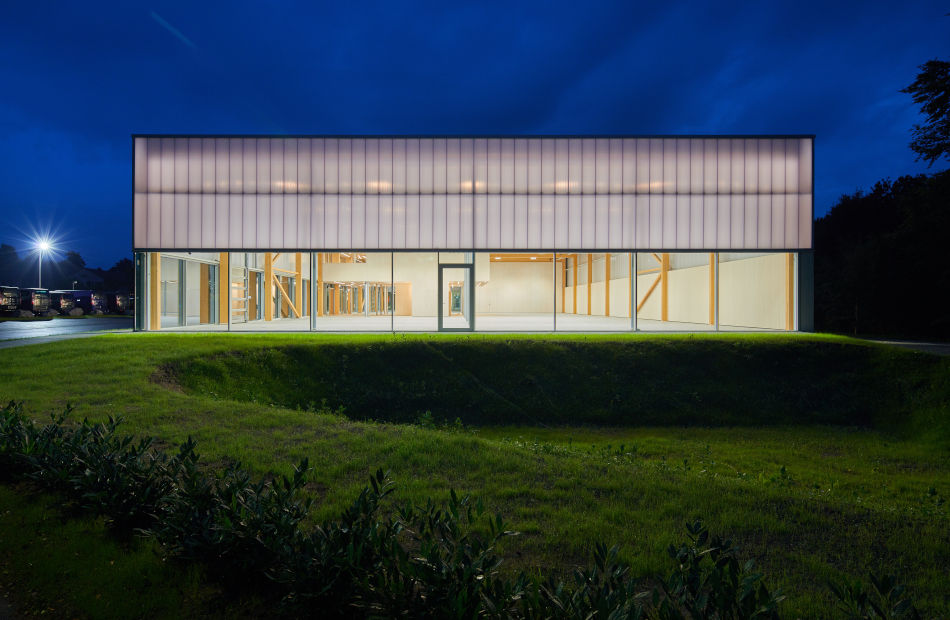
Client base
As Wannenmacher + Möller feel a strong responsibility for a life-enhancing, high architectural quality of our built surroundings, the majority of their clients are those who identify with that specific view on architecture. A winning aspect of their work is of course their highly professional way of conducting a project, based on their longtime experience. However, even in the case of commissions that are based on purely functional means, the architects will “always strive to convince a builder of good architecture”.
Happiness is a good house
During their professional activity, Wannenmacher + Möller have learned about the benefits of keeping their feet firmly on the ground. Therefore, it does not necessarily take high-flying aspirations to inspire the architects: “We are happy to work with any client offering an interesting project,” says Wannenmacher. “If truly good architecture derives from it, validated as such by both us and the others, we have reached our goal.”
Subscribe to Our Newsletter
Receive our monthly newsletter by email

